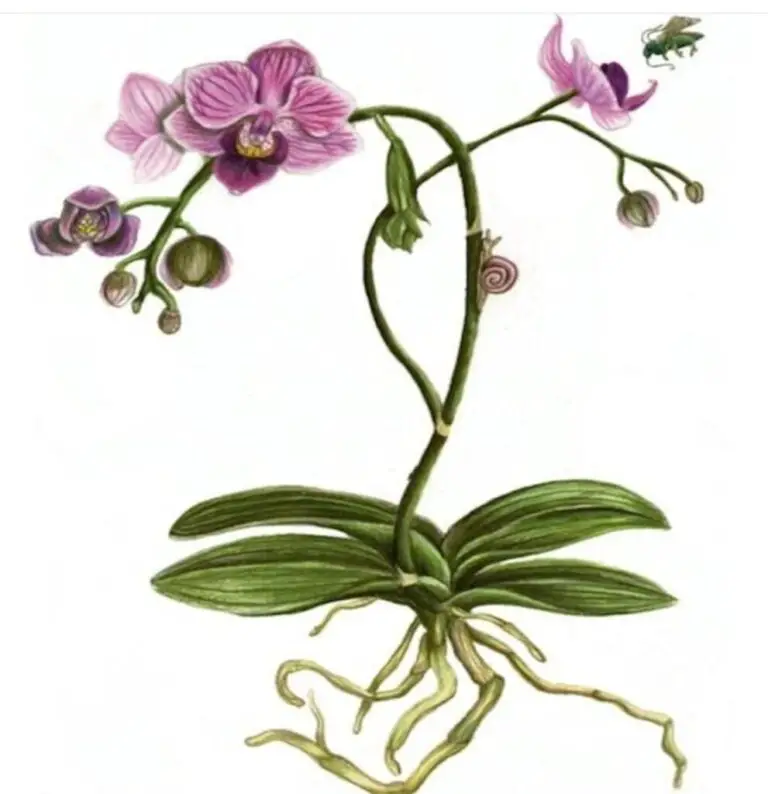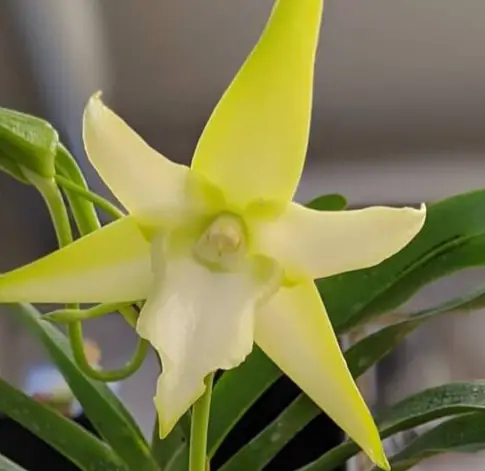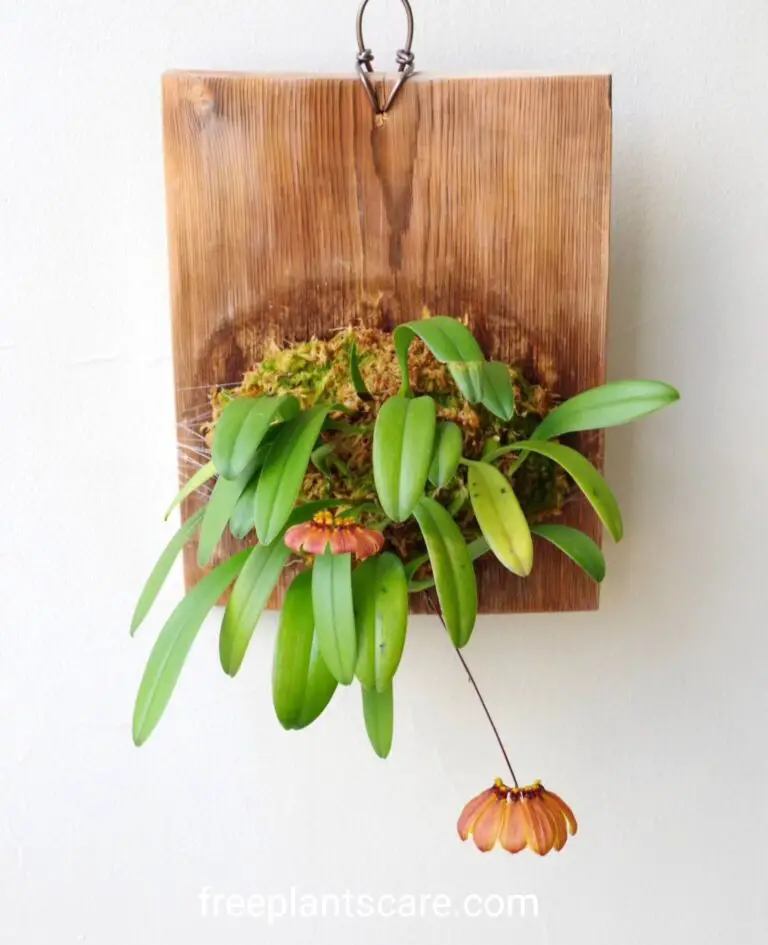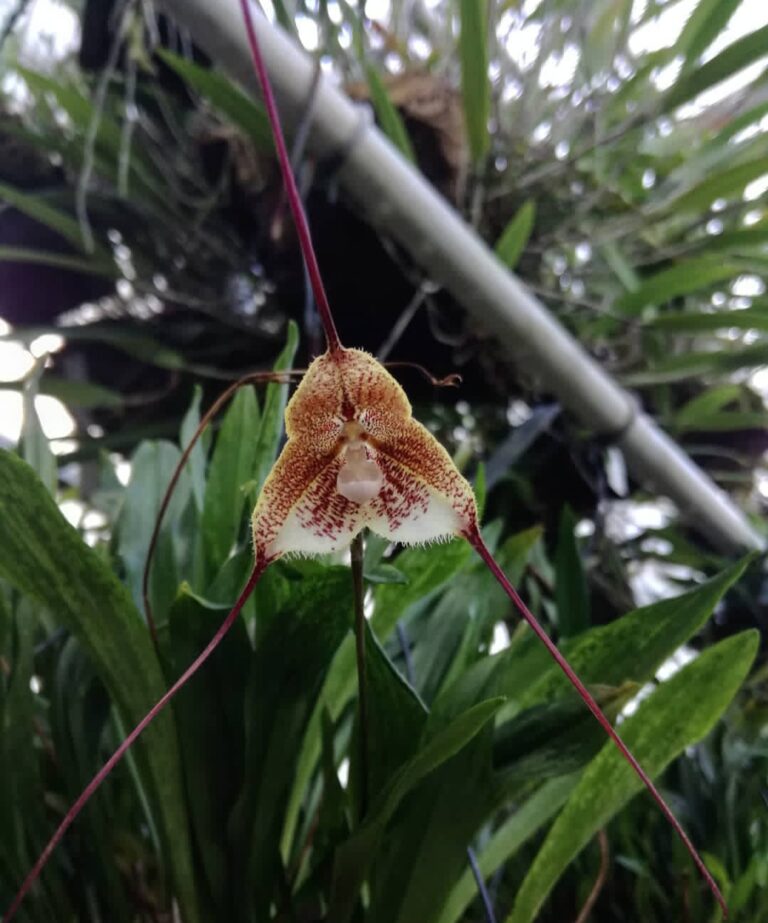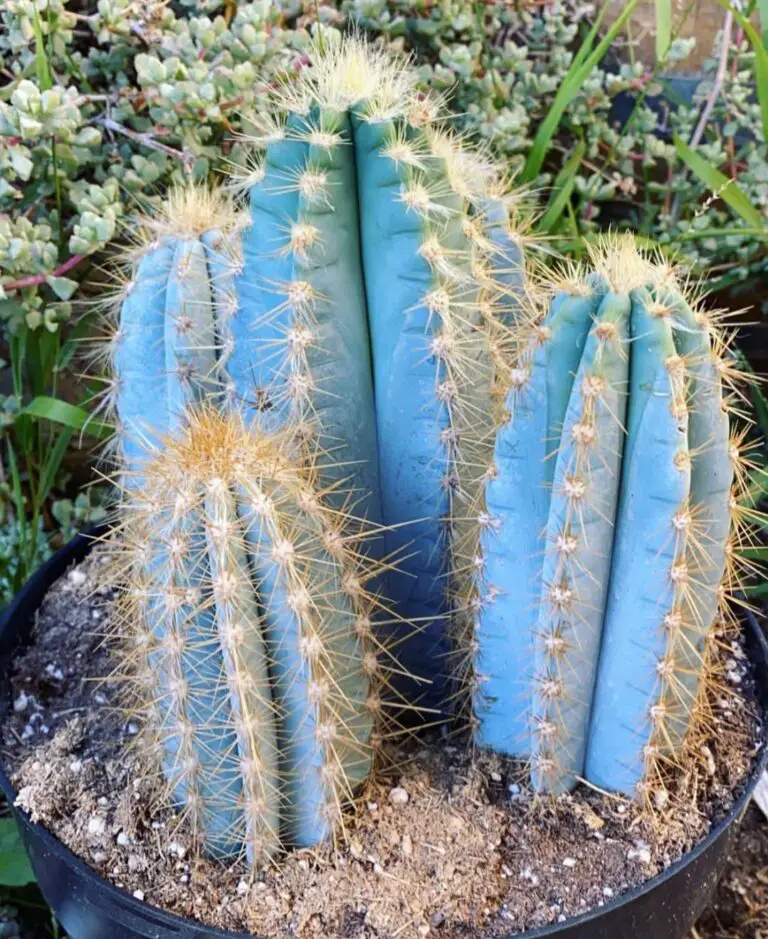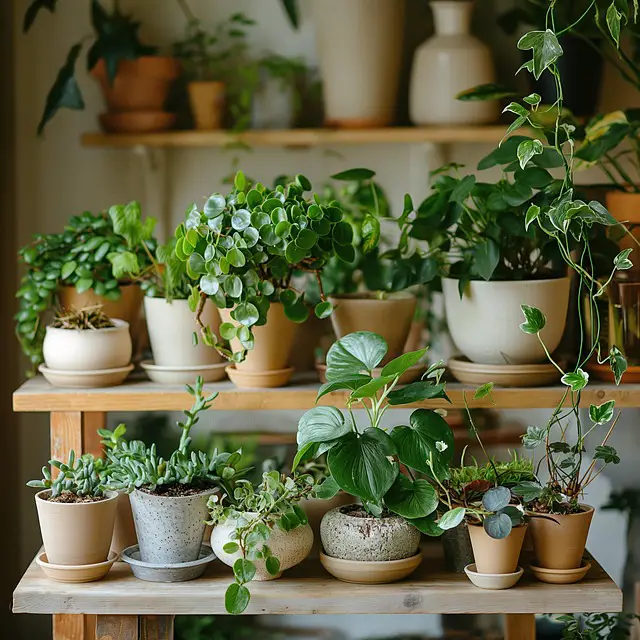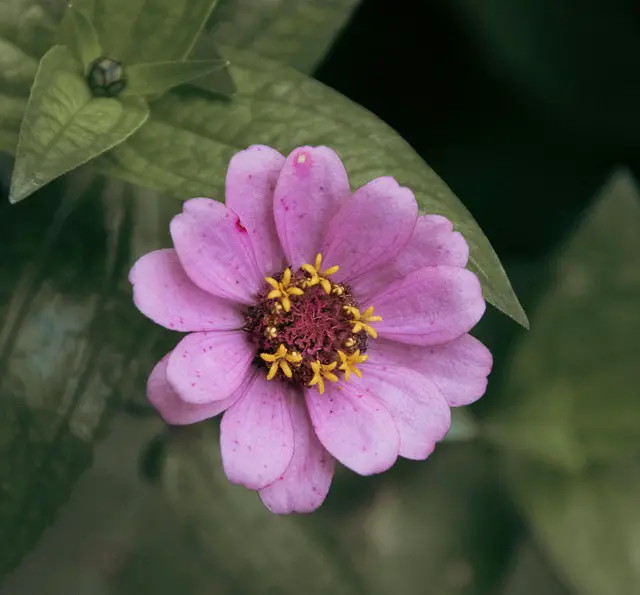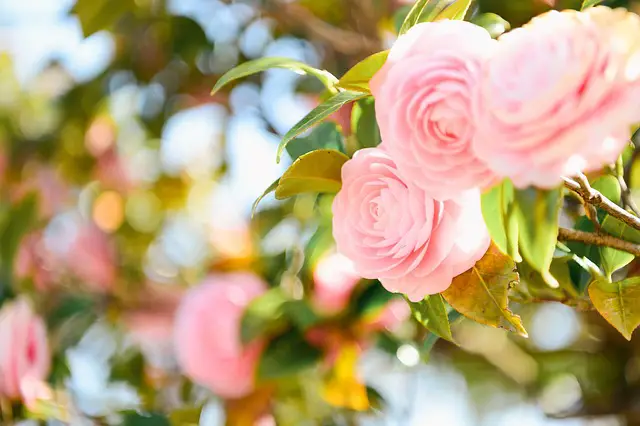Among the world’s most exquisite and prized plants are orchids.Known for their striking flowers, they have captured the hearts of both beginner and experienced gardeners alike. However, there is a lot of misinformation about orchid care that can easily lead to frustration, disappointment, and even the death of these stunning plants. If you’re an orchid lover, you might have heard a few myths that could be causing you to care for your orchids in the wrong way.
In this article, we will debunk the five biggest orchid care myths and set the record straight. By understanding the truth behind these common misconceptions, you’ll be able to provide your orchids with the proper care they need to thrive. Whether you’re a seasoned orchid enthusiast or just starting, this guide will help you avoid common mistakes and ensure that your orchids grow strong, healthy, and beautiful.

- 1 Orchid Care Timetable: Avoiding the Most Shocking Mistakes
- 2 Myth #1: Do Orchids Really Need Daily Watering?
- 3 The Truth: Orchids Should Be Watered Less Frequently
- 4 Myth #2: Are Special Orchid Fertilizers Necessary?
- 5 The Truth: Use a Balanced Fertilizer
- 6 Myth #3: Can Orchids Truly Thrive in Low Light?
- 7 The Truth: Orchids Need Bright, Indirect Light
- 8 Myth #4: Do Orchids Only Bloom Once a Year?
- 9 The Truth: Orchids Can Bloom Multiple Times a Year
- 10 Myth #5: Are Orchids Too Difficult for Beginners?
- 11 The Truth: Orchids Are Easy to Care for with the Right Knowledge
- 12 FAQS
Orchid Care Timetable: Avoiding the Most Shocking Mistakes
| Care Task | Frequency | Myth to Avoid | Truth |
|---|---|---|---|
| Watering | Every 5–7 days (adjust based on climate & species) | Orchids need daily watering. | Overwatering leads to root rot—water when roots turn silvery. |
| Fertilizing | Every 2 weeks (weak 1/4 strength orchid fertilizer) | Orchids don’t need fertilizer. | Regular, diluted feeding promotes healthy growth and blooming. |
| Light Exposure | 10–12 hours of indirect sunlight per day | Orchids thrive in full sun. | Direct sunlight burns leaves—bright, indirect light is best. |
| Repotting | Every 1–2 years or when the medium breaks down | Orchids hate being repotted. | Fresh medium prevents rot and encourages new root growth. |
| Humidity & Airflow | Maintain 50–70% humidity with good ventilation | High humidity is enough—airflow doesn’t matter. | Poor airflow invites mold, fungi, and pests. |
This version is concise, visually appealing, and easy to understand for beginners. Let me know if you’d like to add more details or adjust anything!
Myth #1: Do Orchids Really Need Daily Watering?
One of the most pervasive myths about orchids is that they need to be watered every day. While it’s true that orchids are tropical plants and enjoy humidity and regular moisture, watering them daily is actually harmful. Overwatering is one of the most common mistakes made by orchid growers, and it can lead to root rot, which is often fatal for the plant.
The Truth: Orchids Should Be Watered Less Frequently
Orchids generally prefer to dry out between waterings. How often you should water your orchid depends on several factors, including the type of orchid, the environment, and the growing medium. For instance, Phalaenopsis orchids (the most common type) usually need to be watered every 7 to 10 days, while more drought-tolerant orchids like Dendrobiums may need less frequent watering.
The key is to water when the growing medium is dry, but not completely dried out. A simple way to check if your orchid needs water is to stick your finger about an inch into the growing medium; if it feels dry, it’s time to water. Be sure to water thoroughly, allowing the water to drain out of the pot to prevent water from collecting in the roots.
Pro Tip: Always use room-temperature water, and avoid using distilled or softened water, as it can harm the plant.
Myth #2: Are Special Orchid Fertilizers Necessary?
Many people believe that orchids need a special fertilizer formulated just for them. While it’s true that orchids have specific nutritional needs, the idea that they require an expensive, orchid-specific fertilizer is a myth. In fact, using overly complex fertilizers can sometimes harm orchids more than help them.
The Truth: Use a Balanced Fertilizer
Orchids need a balanced fertilizer that provides the essential nutrients—nitrogen, phosphorus, and potassium (NPK). You can use a standard liquid houseplant fertilizer with a low concentration, diluted to about one-quarter of the recommended strength. Alternatively, you can use a 30-10-10 (high nitrogen) or 10-30-20 (high phosphorus) formula, which is popular among orchid growers, but again, make sure the fertilizer is diluted.
The most important thing to remember is not to over-fertilize. Orchids don’t need fertilizer every time you water them. A common recommendation is to fertilize once a month, but during the growing season, you may choose to fertilize every two weeks.
Pro Tip: Consider switching to a water-soluble fertilizer that’s designed for orchids, as it will provide the essential nutrients without overwhelming the plant.
Myth #3: Can Orchids Truly Thrive in Low Light?
One of the most widely believed myths about orchids is that they can survive in low light. While some orchids, like the Phalaenopsis (moth orchid), can tolerate lower light levels, most orchids require bright, indirect light to bloom and grow properly. Placing your orchid in a dimly lit corner or a room with insufficient sunlight can stunt its growth and prevent it from blooming.
The Truth: Orchids Need Bright, Indirect Light
Orchids, especially those in the genus Phalaenopsis, are epiphytes, meaning they naturally grow on trees in their native environments where they receive plenty of bright, indirect light. Direct sunlight can scorch their leaves, but too little light can result in weak, leggy plants that struggle to bloom.
To provide the best lighting conditions for your orchid, place it near a window with sheer curtains or in a room that receives bright, indirect light for most of the day. If you live in a location with limited natural light, consider supplementing with grow lights.
Pro Tip: If you notice your orchid’s leaves turning yellow, it could be a sign that it’s not getting enough light.
Myth #4: Do Orchids Only Bloom Once a Year?
Many orchid owners believe that orchids only bloom once a year and that the flowers last for a very short period of time. While it’s true that orchids have a flowering season, the idea that they only bloom once a year is inaccurate for many orchid varieties. Some orchids can bloom several times a year, and with the right care, you can extend the blooming period.
The Truth: Orchids Can Bloom Multiple Times a Year
The blooming frequency of your orchid depends on its type and how well it’s cared for. Phalaenopsis orchids, for example, can bloom up to three times a year if they’re given the right conditions. However, many other types of orchids, such as Dendrobiums and Cattleyas, have distinct bloom periods that can vary, but they can also bloom more than once annually.
For long-lasting blooms, orchids require specific conditions like temperature fluctuations (a drop in temperature at night), a good balance of light, and proper watering. Additionally, cutting back the flower spike once the blooms are finished can sometimes encourage the plant to bloom again, although it’s important to give the plant a rest period.
Pro Tip: Keep your orchid’s environment stable and make sure it’s getting the right amount of water, light, and nutrients to encourage more frequent blooms.
Myth #5: Are Orchids Too Difficult for Beginners?
Perhaps the biggest myth surrounding orchids is that they are hard to care for and only suitable for expert gardeners. While it’s true that orchids have specific care needs, they are not as difficult to grow as many people believe. In fact, many types of orchids are very forgiving and can thrive with minimal care if you follow some basic guidelines.
The Truth: Orchids Are Easy to Care for with the Right Knowledge
Orchids are hardy plants that can thrive in typical household conditions, as long as they receive adequate light, proper watering, and occasional feeding. Phalaenopsis orchids, in particular, are often recommended for beginners because they are easy to grow and can bloom multiple times per year. Other orchids, such as Cattleyas, Dendrobiums, and Oncidiums, can also be grown successfully by beginners with a little research.
The key to successful orchid care is understanding the specific needs of the orchid variety you’re growing. Once you learn these basics, it becomes much easier to provide the right conditions for your orchid to thrive. Orchids aren’t any more difficult than other houseplants; they just require attention to detail.
Pro Tip: Start with a low-maintenance orchid like the Phalaenopsis, and as you gain experience, try growing more challenging varieties.
Orchids may have a reputation for being delicate, but with the right care and understanding, they can thrive in your home for years. The five myths we’ve debunked here are common mistakes that many orchid owners make, but with the right knowledge, you can avoid these pitfalls and enjoy your orchids to their fullest.
By watering properly, using balanced fertilizers, ensuring adequate light, being patient with blooms, and understanding their care needs, you’ll be well on your way to becoming an expert orchid grower. Remember, orchids are not as hard to care for as they may seem—they just need a little attention and love.
Now that you know the truth behind these myths, are you ready to care for your orchids the right way? Happy growing!
FAQS
What are the most common orchid care myths?
There are several orchid care myths that mislead growers. Some include the belief that orchids need ice cubes for watering, that they require direct sunlight, and that they are difficult to grow. Understanding these myths can help you avoid common mistakes.
Is using ice cubes to water orchids a good idea?
No, this is one of the biggest orchid care myths. Ice cubes can shock the roots and cause damage over time. Instead, use room-temperature water to ensure healthy hydration.
Do orchids need full sunlight to thrive?
Not at all! A common orchid care myths is that orchids need direct sun. Most orchids, like Phalaenopsis, prefer bright, indirect light. Too much direct sunlight can scorch their leaves.
Are orchids difficult to care for?
Many people believe the orchid care myths that orchids are high-maintenance. While some species require specific care, many, like Phalaenopsis, are easy to grow with proper watering and light.
Do orchids only bloom once?
This is another widespread orchid care myths. With the right care, orchids can rebloom multiple times a year. Providing proper light, watering, and fertilization can encourage repeat flowering.
Should you repot an orchid as soon as you buy it?
Not necessarily. The orchid care myths that all orchids need immediate repotting can be misleading. You should only repot when the medium starts to break down or the roots outgrow the pot.
Do orchids require daily watering?
No, this is a common orchid care myths. Overwatering is one of the biggest mistakes. Most orchids need watering once a week, depending on the environment and potting medium.
Can orchids grow in soil like regular plants?
This is a misleading orchid care myths. Orchids, especially epiphytic ones, require a well-draining medium like bark or sphagnum moss, not regular soil, which can suffocate the roots.
Is misting orchids necessary for humidity?
While misting can slightly raise humidity, the orchid care myths that misting alone is enough is false. Instead, use a humidity tray or room humidifier for consistent moisture levels.
Should I cut off an orchid’s aerial roots?
No, a dangerous orchid care myths suggests trimming aerial roots. These roots absorb moisture and nutrients from the air, helping the plant thrive. Leave them intact unless they are completely dried out.
Can orchids survive without fertilizer?
While orchids can survive, the orchid care myths that they don’t need fertilizer isn’t true. Regular feeding with a balanced orchid fertilizer promotes healthy growth and better blooms.
Do all orchids require dormancy periods?
Not all orchids need dormancy. The orchid care myths that all orchids require a rest period is misleading. Some orchids, like Phalaenopsis, can bloom year-round without dormancy.
Should you always remove old flower spikes?
It depends. The orchid care myth that you must always cut old spikes is incorrect. Some orchids, like Phalaenopsis, can rebloom from an old spike if it’s still green.
Can you grow orchids indoors without any natural light?
This orchid care myth suggests orchids can thrive in complete darkness, which isn’t true. While orchids can grow indoors, they still need some light, either from windows or artificial grow lights.
Is it true that orchids can only be grown by experts?
No! One of the most discouraging orchid care myths is that orchids are only for experts. Many beginner-friendly varieties exist, making orchids accessible to everyone with the right knowledge

